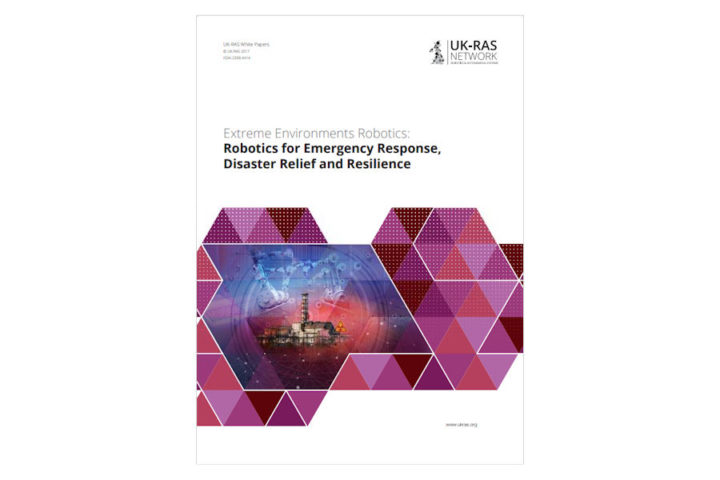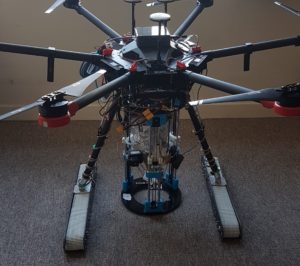
White paper for extreme environments robotics
Our globe is getting increasingly vulnerable to disasters both natural (earthquake, floods, storms) and manmade (conflicts, pandemics due to increasingly connected world). Population change, urbanisation, and climate change further exacerbate the impact of these disasters.
Robotics and automated systems (RAS) play an important role in building robust emergency response systems that can be exploited in extreme environments, such as collapsed infrastructure following an earthquake or terrorist attacks, and in Polar Regions for monitoring indicators of climate change.
This white paper outlines the global trends in robotics for emergency response, disaster relief and resilience. It covers the current state-of-the-art and priorities, as well as the roadmap for the future. It also outlines the current industrial landscape and synergies, UK strengths and opportunities as demonstrated by some of the example projects across the country. There are
extensive research issues and opportunities for RAS, which include physical robustness, reliable long-range communications, dynamic and variable autonomy, security, and control of multiple heterogeneous robotic platforms.
James Scanlan, David Flynn, David Lane, Rob Richardson, Tom Richardson, András Sóbester (2017). Extreme Environments Robotics: Robotics for Emergency Response, Disaster Relief and Resilience. UK-RAS White Paper, June 17. ISSN 2398-4414. Read publication.










